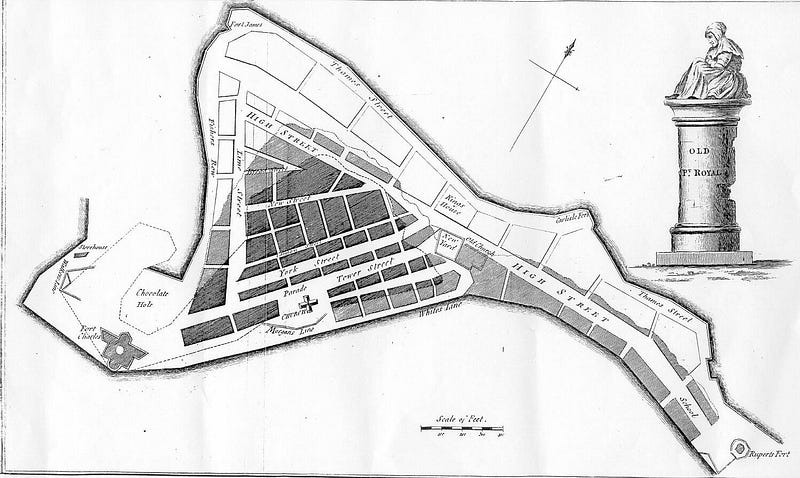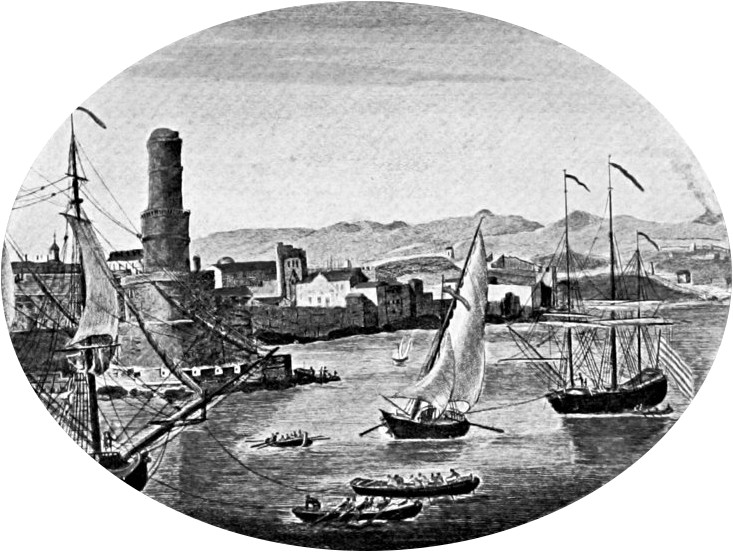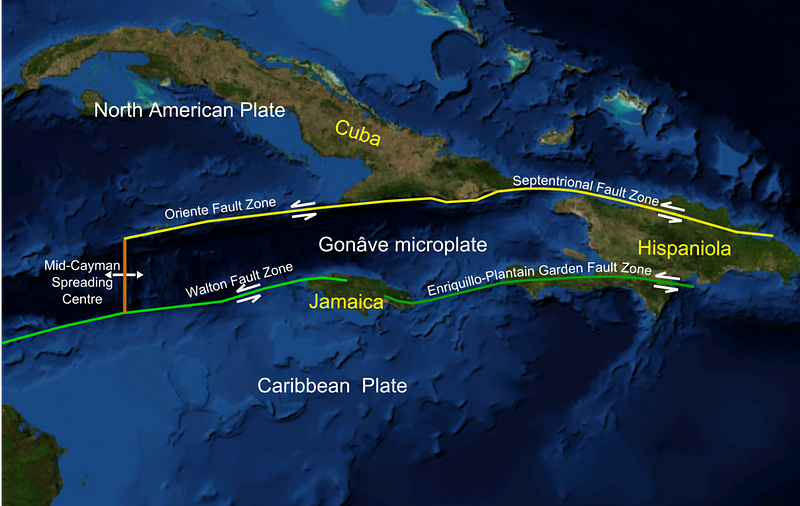The Catastrophe That Engulfed The Caribbean's Jewel: 1692 Quake
Written on
Chapter 1: The Rise of Port Royal
In the 17th century, Port Royal stood as one of the most bustling and affluent ports in North America. Established by the British as a stronghold against Spanish ambitions in the region, it served as a critical link between Spain and its colonies in Central and South America. The journey across the Atlantic and through the perilous Caribbean waters was fraught with danger, with pirates, privateers, and British naval ships lying in ambush.
Port Royal became a center of privateering and commerce, attracting merchants and adventurers alike. The British authorities even welcomed pirates to dock in Port Royal, expecting them to disrupt Spanish shipping routes.
By the century's end, Port Royal was amassing wealth that surpassed almost every other English colony. The lucrative nature of raiding meant that it required minimal investment and could easily overshadow local agricultural activities. Nuala Zahedieh, a lecturer at the University of Edinburgh, noted that:
The Portobello raid [in 1668] alone yielded spoils worth £75,000, more than seven times the annual value of the island’s sugar exports, which at Port Royal prices did not exceed £10,000 at this time.
As wealth poured into Port Royal, the docks expanded, goods flowed freely, and commerce thrived. However, this prosperity was abruptly halted in 1692 due to a catastrophic event.

Chapter 2: The Great Earthquake
On June 7, 1692, a powerful earthquake measuring 7.5 struck just east of Port Royal. The tremor was both fierce and unforeseen, causing large sections of the city to collapse into the ocean. An estimated two-thirds of the city was submerged immediately following the quake, with the remaining areas overwhelmed by rising waters.
In a matter of minutes, nearly 90% of the city was engulfed, with the water reaching heights that flooded the upper floors of the few buildings still standing. The tops of the tallest houses were visible above the waves, surrounded by the masts of sunken ships. — An History of Jamaica (1807)
At the time, Port Royal was home to around 10,000 residents and housed approximately 2,000 structures. Built on unstable, sandy ground near the coast, the earthquake caused the sand to behave like liquid, leading to the collapse of many buildings. A torrent of sand, debris, and mud swept hundreds of people out to sea.
Landslides occurred across the island, flattening entire hillsides. In an instant, one of North America's busiest ports was entirely obliterated.
Two thousand individuals perished during the initial quake, with another three thousand succumbing in the aftermath. Within days, nearly half of the local population was lost, and the city never fully recovered.

Chapter 3: Theories of Divine Retribution
As word of the disaster spread throughout the British Empire, many attributed the earthquake to divine punishment. Port Royal had a reputation for vice, excess, and lawlessness, leading some to believe that God had unleashed his wrath upon the city for its sins. The apocalyptic imagery seemed too fitting. Could there be a more appropriate place for fate to exact its vengeance?
The Jamaican Council proclaimed that they had become an example of God's stern judgment. Prominent New England preacher Cotton Mather asserted that this was the fate awaiting all unrepentant sinners, declaring in Boston:
[The people of Port Royal were] pulled into the jaws of the gaping and groaning earth, and many hundreds of the inhabitants buried alive. — The Witches, Stacy Schiff
If this was indeed divine retribution, the message was unmistakably clear to both Puritans and Anglicans. The damage to the city was irreparable, and Port Royal would never regain its former glory.
The first video explores the catastrophic event aboard the Royal Caribbean's Allure of the Seas, highlighting the chaos and despair faced by passengers.
Chapter 4: The Aftermath
In the wake of the disaster, British colonial authorities hurriedly relocated the government and infrastructure to a safer city, abandoning Port Royal for Spanish Town. Survivors of the earthquake resorted to looting, and even the deceased were not spared; their clothes were stripped, and fingers and teeth were severed for valuables. Estimates suggest that between 20 to 40 ships were capsized or destroyed in the harbor.
Most of the city lay submerged, and much of it would remain underwater. A pocket watch discovered in 1959 had stopped at the precise moment of the quake.
The earthquake left no part of the city unscathed. The combined effects of water damage, immediate destruction, landslides, and looting left the area devastated, and it would never recover. The port's infrastructure, including wharves, warehouses, and docks, was obliterated, scattering commerce that would never regroup.
Trade gradually shifted to Kingston, and by the 18th century, Port Royal had become largely desolate.
The second video delves into the overwhelming experiences faced by passengers aboard the Icon of the Seas, illustrating the fears and challenges during a disastrous voyage.
Chapter 5: Is History Bound to Repeat Itself?
Yes, unfortunately. The tectonic environment surrounding Jamaica is still susceptible to a similar calamity. Port Royal is situated along a perilous fault line that has triggered significant earthquakes in neighboring Haiti. Geologists believe that the stress along the fault near Jamaica has built up enough to potentially recreate the catastrophic earthquake of 1692. While predicting the exact timing of such an event remains impossible, it is evident that this area continues to be at risk for destructive geological activity.


